#metal mirror
Text
Nashville Powder Room

Bathroom idea for a small transitional bathroom with a medium-tone wood floor and a brown floor. It features a vessel sink, distressed cabinets that resemble furniture, and multicolored walls.
0 notes
Text
Dining Room Dallas
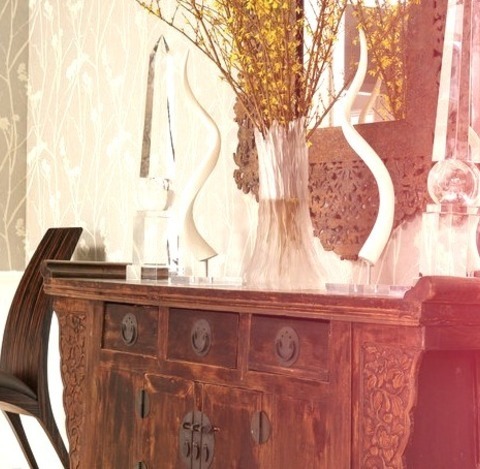
Enclosed dining room - mid-sized transitional medium tone wood floor and beige floor enclosed dining room idea with multicolored walls and no fireplace
0 notes
Photo
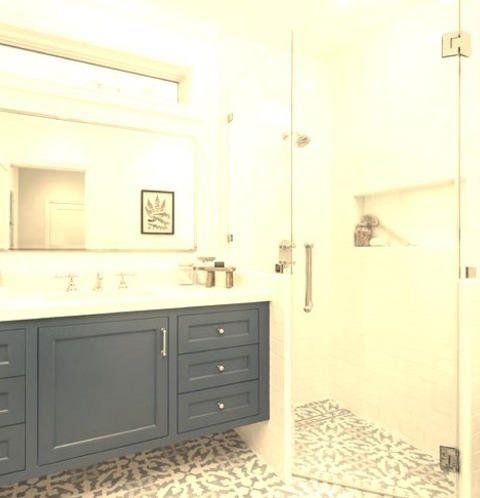
Farmhouse Bathroom in San Francisco
Shower nook - medium-sized rural An undermount sink, quartz countertops, a hinged shower door, 3/4 white tile and ceramic tile, blue floor, white walls, recessed-panel cabinets, and a two-piece toilet are all featured in this corner shower idea.
0 notes
Text
The Enchanting Aranmula Mirror: A Reflection of Kerala's Rich Cultural Heritage | Zishta
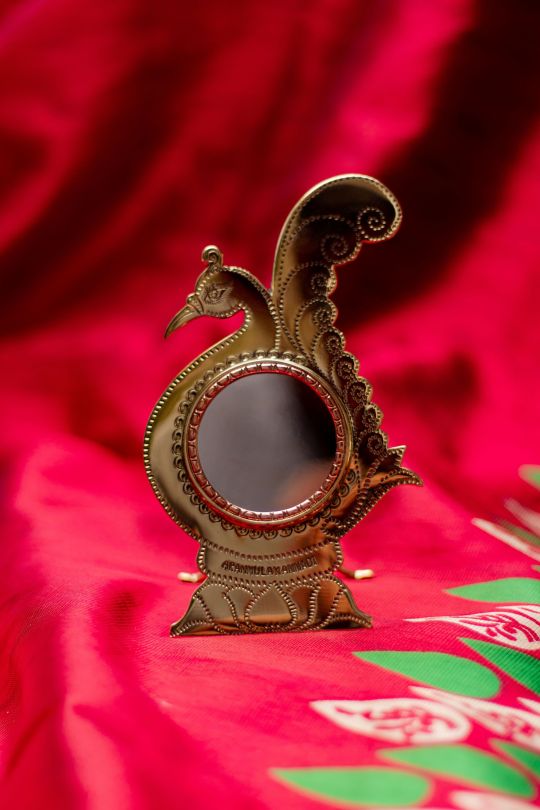
Aranmula Mirror
The Aranmula mirror is a traditional handmade metal mirror made in Aranmula, a village in the state of Kerala, India. The history of the Aranmula metal mirror craft can be traced back to over 500 years, and it is believed that the making of these mirrors was started by a group of artisans who were brought to Aranmula by the king of Travancore to make a special mirror for his palace.
The making of an Aranmula mirror is a painstaking process, involving a blend of traditional knowledge, skills, and techniques. The mirror is made of a special alloy of copper and tin, and unlike conventional mirrors, it does not have a reflective coating. Instead, the mirror's reflective surface is created by a combination of polishing and an intricate etching process.
One of the unique features of the Aranmula mirror is that it is not made using any machinery or mass production techniques. Each mirror is individually crafted by skilled artisans, and it can take up to two weeks to make a single mirror.
The Aranmula mirror is considered a symbol of Kerala's rich cultural heritage, and it is regarded as one of the finest examples of traditional Indian craftsmanship. It has also been recognized as a Geographical Indication (GI) product, which means that only mirrors made in Aranmula using the traditional process can be called Aranmula mirrors.
Aranmula Mirror
The Aranmula mirror is a traditional handmade metal mirror made in Aranmula, a village in the state of Kerala, India. The history of the Aranmula metal mirror craft can be traced back to over 500 years, and it is believed that the making of these mirrors was started by a group of artisans who were brought to Aranmula by the king of Travancore to make a special mirror for his palace.
The making of an Aranmula mirror is a painstaking process, involving a blend of traditional knowledge, skills, and techniques. The mirror is made of a special alloy of copper and tin, and unlike conventional mirrors, it does not have a reflective coating. Instead, the mirror's reflective surface is created by a combination of polishing and an intricate etching process.

One of the unique features of the Aranmula mirror is that it is not made using any machinery or mass production techniques. Each mirror is individually crafted by skilled artisans, and it can take up to two weeks to make a single mirror.
The Aranmula mirror is considered a symbol of Kerala's rich cultural heritage, and it is regarded as one of the finest examples of traditional Indian craftsmanship. It has also been recognized as a Geographical Indication (GI) product, which means that only mirrors made in Aranmula using the traditional process can be called Aranmula mirrors.
Making of Aranmula Kannadi/Mirror
The making of an Aranmula mirror is a time-consuming and intricate process that involves several steps. Here is a general overview of the steps involved:
The first step is the preparation of the metal alloy. The artisans use a combination of copper and tin in specific proportions to create the alloy. The metal is then melted in a furnace and poured into a mold to create a circular base.
Once the base is ready, the artisans begin the polishing process. The base is polished with a series of abrasive materials, including coconut shells, until it is perfectly smooth.
Next, the artisans etch intricate designs onto the back of the mirror using a special tool called "aruva". This tool is used to create grooves and patterns on the back of the mirror, which will ultimately result in the mirror's reflective surface.
Once the etching is complete, the mirror is cleaned and polished again. This process is repeated multiple times until the mirror's surface is perfectly smooth and reflective.
Finally, the mirror is framed with a brass or silver frame, which is also handcrafted by the artisans.
It's worth noting that each mirror is made entirely by hand, and the entire process can take up to several weeks to complete. The craftsmen who make Aranmula mirrors are highly skilled and have passed down their knowledge and techniques from generation to generation.
How to maintain Aranmula Mirror
Aranmula mirrors require special care and maintenance to ensure their longevity and to keep them looking their best. Here are some tips on how to maintain an Aranmula mirror:
Handle with care: Aranmula mirrors are delicate and should be handled with care. Avoid touching the mirror's surface with your fingers as the oils from your skin can damage the reflective surface.
Avoid exposure to moisture: Moisture can cause the metal frame to corrode, and it can also damage the mirror's reflective surface. Avoid placing the mirror in damp or humid areas.
Clean with a soft cloth: Use a soft, non-abrasive cloth to clean the mirror's surface. Avoid using chemical cleaners or abrasive materials, as these can damage the mirror's reflective surface.
Polish gently: If the mirror's surface becomes dull, you can gently polish it using a soft cloth and a mixture of lime juice and salt. Apply the mixture to the mirror's surface, let it sit for a few minutes, and then wipe it off with a clean cloth.
Store carefully: When not in use, store the mirror in a cool, dry place. Avoid stacking the mirrors on top of each other, as this can cause scratches and other damage.
By following these simple tips, you can help ensure that your Aranmula mirror stays beautiful and reflective for years to come.
Significance of Aranmula Mirror
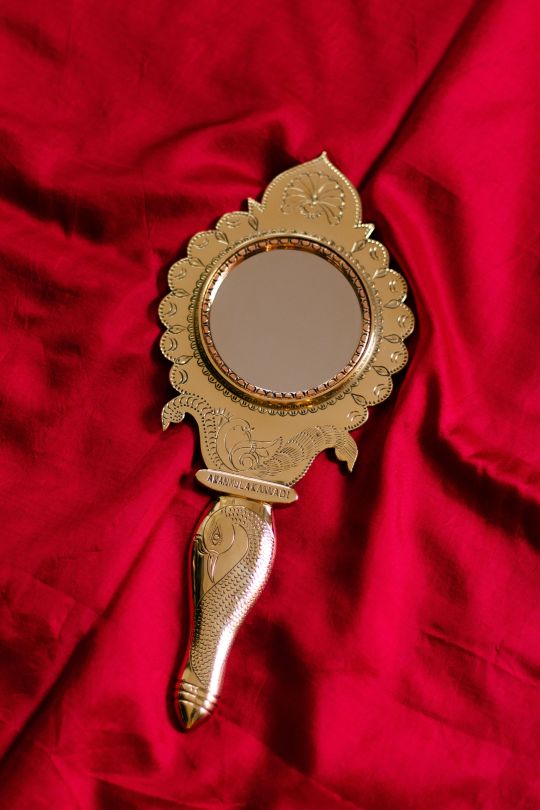
The Aranmula mirror is considered a significant cultural and artistic symbol of Kerala, India. Here are some of the key reasons why the Aranmula mirror is so significant:
Traditional craftsmanship: The Aranmula mirror is made entirely by hand using traditional techniques that have been passed down for generations. The making of an Aranmula mirror is a complex and time-consuming process that requires a high level of skill and expertise.
Unique reflective surface: Unlike conventional mirrors, the Aranmula mirror does not have a reflective coating. Instead, the mirror's reflective surface is created by a combination of polishing and an intricate etching process. This makes the Aranmula mirror a unique and special product.
Cultural heritage: The Aranmula mirror is deeply rooted in the cultural heritage of Kerala. The art of making these mirrors is believed to have been brought to Aranmula by a group of artisans who were invited by the king of Travancore over 500 years ago. Today, the making of Aranmula mirrors is considered an important part of Kerala's cultural identity.
Geographical Indication (GI) product: The Aranmula mirror has been recognized as a Geographical Indication (GI) product by the Indian government. This means that only mirrors made in Aranmula using traditional techniques can be called Aranmula mirrors. This recognition helps to protect the uniqueness and authenticity of the product.
Symbol of prosperity and good luck: In Kerala, the Aranmula mirror is believed to bring prosperity and good luck to the home. It is often gifted on auspicious occasions such as weddings, housewarming ceremonies, and other important events.
Aranmula mirror is a significant and unique product that is deeply rooted in the cultural heritage of Kerala. It is valued not just for its beauty and craftsmanship but also for its cultural and historical significance.
Why should you get an Aranmula Mirror for your home?
The primary purpose of an Aranmula mirror is to serve as a decorative and functional item. It is a mirror that can be used for personal grooming and other daily activities that require a reflective surface. However, beyond its utilitarian function, the Aranmula mirror is also valued for its artistic and cultural significance.
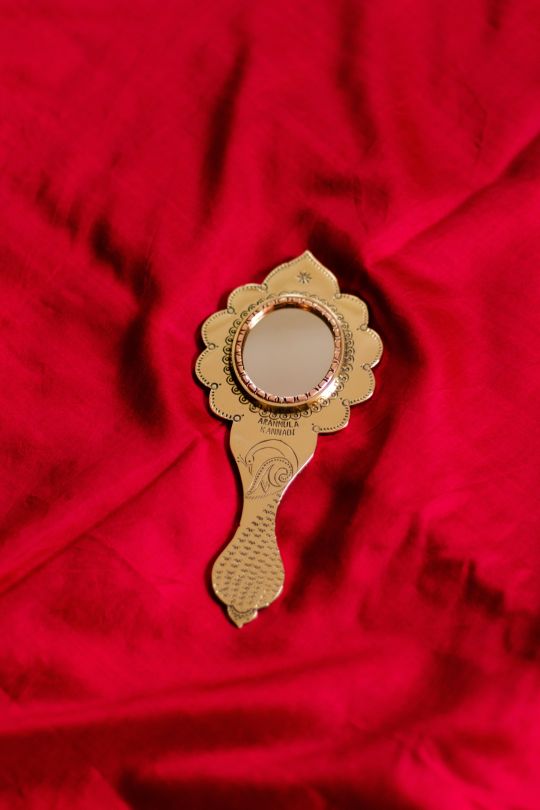
In Kerala, the Aranmula mirror is considered a symbol of prosperity and good luck, and it is often given as a gift on auspicious occasions. It is also valued for its unique reflective surface, which is created through a combination of polishing and an intricate etching process.
Furthermore, the making of Aranmula mirrors is an important cultural tradition in Kerala, and it plays an important role in preserving the region's artistic and cultural heritage. The artisans who make these mirrors are highly skilled and have passed down their knowledge and techniques from generation to generation, contributing to the preservation of this traditional art form.
Overall, the Aranmula mirror serves both a functional and cultural purpose. It is a unique and valuable product that is deeply rooted in the cultural heritage of Kerala and has become a symbol of the region's artistic and cultural identity.
#handcrafted#handmade#zishta#traditional home decor#traditional mirror#metal mirror#aranmulamirror#aranmulakannadi
0 notes
Text
#architecture#decor#home#interiors#kitchen#metal gates#metal modular 3d wall paneling#metal modular wall paneling#metal railings balusters#metal mirror#metal doors#metal products#metal wall art#metal#metal fabricaters#metal fabrication
1 note
·
View note
Photo

Traditional Entry - Mudroom
Image of a mid-sized, elegant entryway with a light wood floor, gray walls, and a white front door.
#viore pendant lighting#art deco chrysler building inspired viore pendant lighting#parquetry flooring#metal mirror#antique silver wall lights#art deco pendant lighting#timber dining table
0 notes
Photo
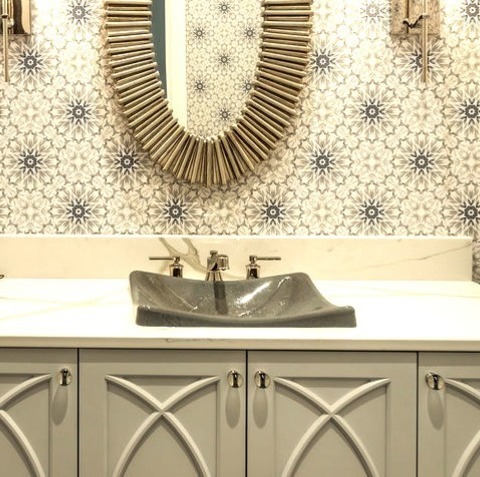
Bathroom Powder Room in Charlotte
Powder room - small transitional powder room idea with furniture-like cabinets, white cabinets, multicolored walls, a drop-in sink, quartz countertops and white countertops
0 notes
Photo

Farmhouse Bathroom in San Francisco
Example of a mid-sized cottage 3/4 white tile and ceramic tile ceramic tile and blue floor corner shower design with beaded inset cabinets, blue cabinets, a one-piece toilet, white walls, an undermount sink, quartz countertops, a hinged shower door and white countertops
0 notes
Photo

Transitional Powder Room in Milwaukee
#Powder room - transitional powder room idea with an undermount sink#a two-piece toilet#furniture-like cabinets and marble countertops mosaic tile#marble pedestal#wall sconces#metal mirror#bathroom
0 notes
Text
Korn Album CD’s


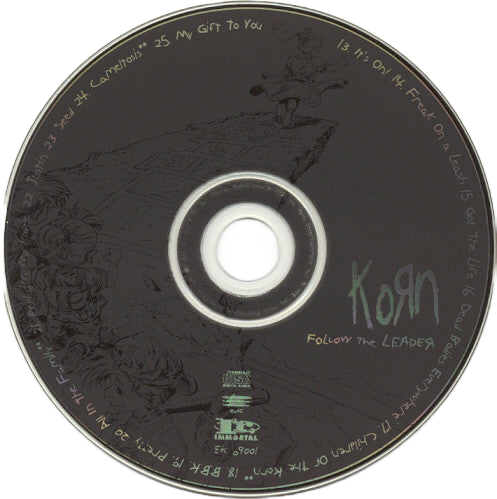





#korn#korn band#discs#90s#nu metal#brian welch#james shaffer#jonathan davis#jonathan davis korn#jd korn#david silveria#reginald arvizu#jon davis#life is peachy#follow the leader#issues#take a look in the mirror#untouchables#see you on the other side#untitled#korn albums
2K notes
·
View notes
Text
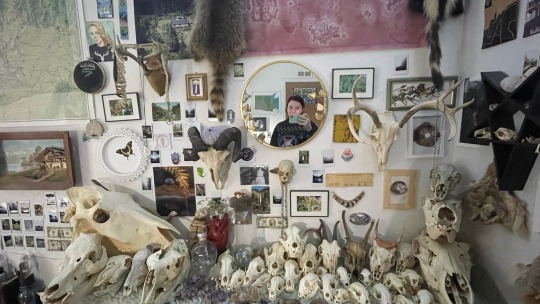
I made a small impulse purchase and had to rearrange my wall.
#it’s the mirror*#there was also a pillow but it was just too expensive#vulture culture#if you can’t tell#it has metal mushrooms on it
616 notes
·
View notes
Text


he's the mre man
#metal gear solid#mgs#metal gear fanart#metal gear memes#mgs fanart#mgs art#big boss#naked snake#ignore that his eyepatch is on the wrong side. i was drawing it mirrored n only realised halfway thru#life is so hard#does anyone else rly love mre steve 1989 bcuz i love the fuck out of him lol he's so fun
2K notes
·
View notes
Text
#architecture#decor#home#interiors#kitchen#metal gates#metal modular 3d wall paneling#metal modular wall paneling#metal railings balusters#metal fabricaters#metal fabricators#metal mirror#metal#metal fabrication
1 note
·
View note
Text
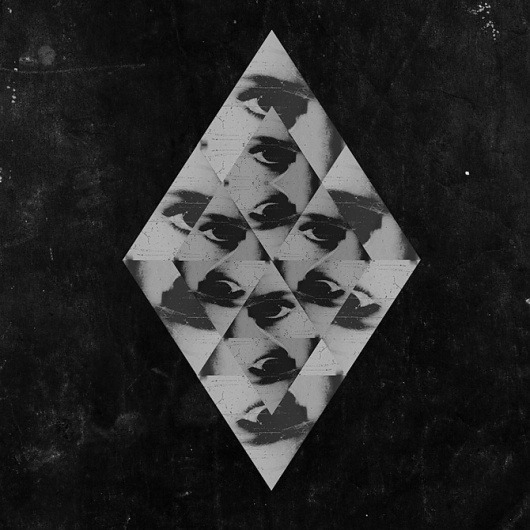
METALS, Leif Podhajsky
232 notes
·
View notes
Text

142 notes
·
View notes